by Owen May 21,2025
Having finally seen The Outer Worlds 2 for myself, it's clear that leaning into deeper RPG elements was one of the priorities for developer Obsidian. While the first game was more approachable with streamlined systems and progression for building out your character, the sequel aims to avoid homogeneity and encourages players to experiment with unorthodox playstyles. The Outer Worlds 2 isn't about complexity for its own sake; it's about fostering creativity, allowing players to become more specialized in their choices, and embracing the quirky decisions they might make.
"We're looking for ways to incentivize the player to experiment with different builds, either traditional or non-traditional," design director Matt Singh explained in a conversation about how the team has revamped its RPG mechanics. He emphasized that the broader approach involves "leaning into synergies, looking at how player Skills, Traits, and Perks can all infuse into interesting builds that play off of other systems." This philosophy was evident in our exclusive 11 minutes of The Outer Worlds 2 gameplay, where new gunplay, stealth, gadgets, and dialogue were showcased. In this part of our IGN First coverage, we delve into the nitty-gritty of how these systems have been reworked and what players can expect from them.
Rethinking the Skill System ---------------------------"We would often see characters good at everything, which by the end of the game, minimized your personal experience with your character," lead systems designer Kyle Koenig reflected on the first game while discussing changes for the sequel. Obsidian's approach now involves moving away from the Skill categories that grouped stats together in the original game, opting instead for individual Skills with more significant differences. "We wanted to focus on making each individual level-up and investment really important. There's less confusion on when to invest in one Skill or another. If you want to be a player focused on guns and medical devices, you'll know which Skills to prioritize. By separating them, characters can become more specialized," Koenig explained.
Singh added, "There's more than just a traditional stealth-focused build, combat-focused build, or speech-focused build. There's a lot of blending of concepts, playing with other systems and incorporating those into a broad but unique range of different player profiles." He mentioned that certain Skill investments could manifest in other ways, such as Observation, which can highlight environmental elements like secret doors or interactive objects, leading to alternate paths forward.
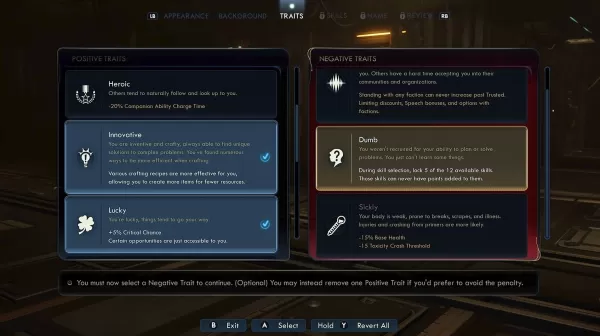
 4 Images
4 Images
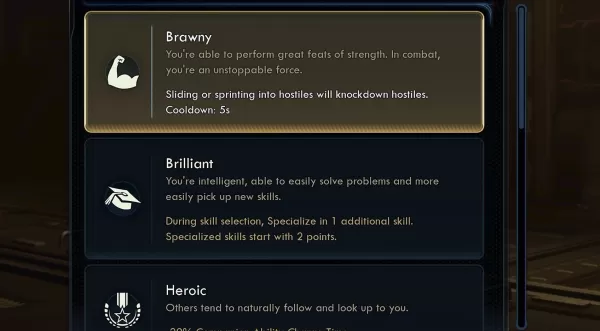
On the surface, this may seem expected for an RPG – if anything, The Outer Worlds was the outlier with its grouped Skills. However, in the sequel, the revised Skill system aims to create greater distinctions and open more possibilities in character builds, particularly in relation to the revamped Perks system.
Obsidian is focusing on specificity and offering unique avenues for play. "We've significantly increased the number of Perks with over 90 of them – each requiring various Skills to unlock. As you invest in Skills, it changes how you can invest in Perks and leads you down many different paths," Koenig explained. He cited an example with the Perk called Run and Gun, designed for those who prefer shotguns, SMGs, and rifles, allowing them to fire while sprinting or sliding. Combined with Tactical Time Dilation (TTD), bullet-time action can become part of your gameplay repertoire in The Outer Worlds 2. Koenig also teased Space Ranger, a Perk that offers certain dialogue interactions and damage boosts based on your Speech stat. "The way we looked at them when designing them was to consider all the different modes of gameplay the player has, and what actions they can take and how we can modify them," he stated.
"We have a lot of Perks that are catered towards non-traditional play styles," Singh noted, giving an example of a build for players who kill every NPC in sight. You can lean into this with Perks like Psychopath and Serial Killer, which grant bonuses such as permanent health boosts for this playstyle. "Especially in an Obsidian game where you can kill anybody – the game responds and rolls with it, and you can still complete the game. It's a fun way to play in a second or third playthrough to see how far you can take it," he added.
For more traditional playstyles, Koenig provided insight on character builds that exploit the elemental aspects of combat. "Even if you want to mix and match them, you can be a character focused on plasma and burning things alive while getting healing from it – or using shock damage to scramble automechs and have them fight for you temporarily while paralyzing creatures and humans – or using corrosive damage to strip away all their armor, making your attacks critical hits that deal massive damage."
Singh stressed the importance of experimenting with other avenues, such as opting into detrimental effects that buff another aspect of your character. He mentioned mechanics that reward players for putting themselves in harm's way, asking, "How do I construct a build where I'm actually incentivized to get in there and take damage so that I can then do other things effectively? I really like those creative builds that allow you to play with that idea and convert something that might be negative into a positive aspect of your build." This design philosophy, present in the original game, is now a driving force for The Outer Worlds 2, particularly in relation to Traits and Flaws.
"One of the things in The Outer Worlds that was a key off of Fallout was you could have negative attributes that would be actively detrimental to your character, but you get a few extra points to spend somewhere else," Koenig mentioned. In the original game, this was reflected through the Flaws system, where players could opt into a permanent effect based on in-game behavior in exchange for an extra Perk point. In The Outer Worlds 2, this concept is expanding significantly.
The system of Positive Traits and Negative Traits is integral to this give-and-take dynamic, allowing players to choose a negative trait to gain an additional positive one. For example, you can select Brilliant, which grants extra Skill points in character creation, or Brawny, which lets you knock targets down by sprinting into them. To gain more positives, you might opt for a negative like Dumb, which locks you out of ever investing points into five Skills, or Sickly, which permanently lowers your base health and tolerance for toxicity. These are just a few of the options seen in these early stages.

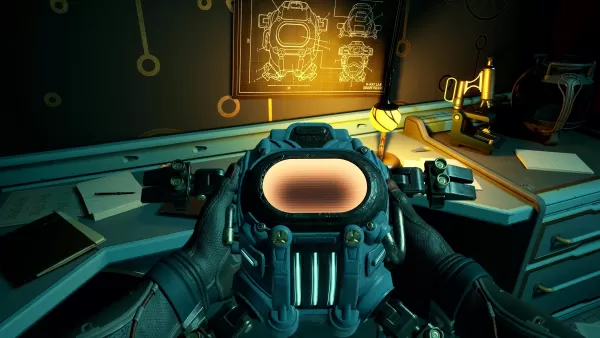 25 Images
25 Images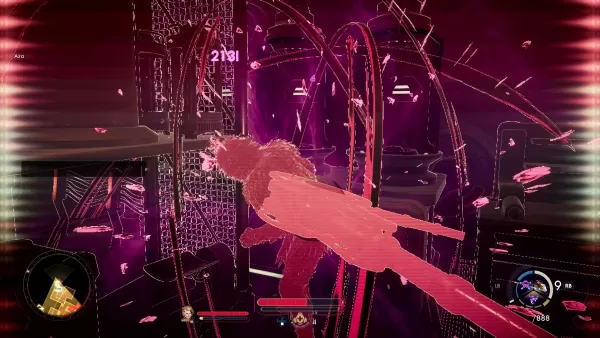
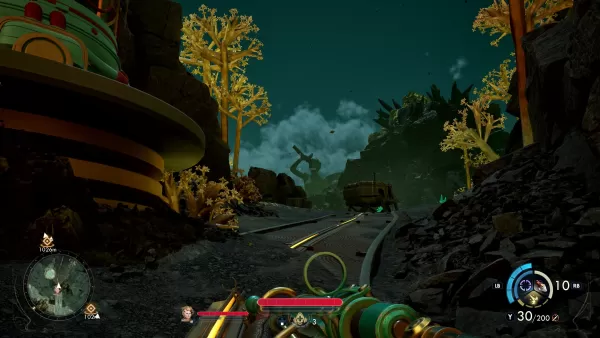


While I will go into more depth with the revamped Flaws in another article, it's clear that The Outer Worlds 2 is getting much more creative in both goofy and clever ways. In the original game, I often turned down most Flaws since the extra Perk points weren't worth the compromise. In the sequel, the game continues to monitor player behavior and habits, but Flaws now come with specific conditions that are both positive and negative – essentially adding another layer to the Traits system, triggered unexpectedly based on how you play. Players still have to opt into them, but they become a permanent part of your character.
With many more moving parts in The Outer Worlds 2, Obsidian's focus was on making these aspects clear and digestible, whether through in-game explanations or UI elements. "Right from the get-go, from character creation, we wanted to put in the forefront what the differences of these skills are and what they do," Koenig said. It's not just in the help text; short videos in the menus show examples of the gameplay impact. A standout feature was the ability to mark Perks as favorites before unlocking them, helping to organize and plan out a certain progression path or build. Mapping them out is intuitive as well, with requirements shown upfront and icons in the menu signifying a Perk’s general playstyle and the Skill it applies to.
"We're looking for ways to incentivize the player to experiment with different builds, either traditional or non-traditional," Obsidian reiterated. They want players to carefully consider these choices, especially since there is no respec past the introductory sequence – meaning once you've invested in a Skill, Perk, or Trait, your character must live with that choice throughout your playthrough. Koenig stated, "By removing respec, we really incentivize it to be your experience. It is a part of your experience that no one else had, and I think that's really special about RPGs and something that respec tends to lessen."
Singh concluded, "Philosophy-wise, we really feel all of your choices should matter. They should be meaningful changes to your gameplay experience. This is just one of those ways where we're asking you to make a choice, stick to it, and see how that plays out in interesting and fun ways."
"Clair Obscur: Expedition 33 Hits 1 Million Sales in 3 Days"
Roblox Deep Descent: January 2025 Codes Revealed
How to Feed Villagers in Necesse
Bitlife: How to Complete the Renaissance Challenge
"Ōkami 2: Capcom, Kamiya, and Machine Head Discuss Sequel in Exclusive Interview"
Bahiti Hero Guide: Mastering the Epic Marksman in Whiteout Survival
Ragnarok V: Returns Beginner's Guide - Classes, Controls, Quests, Gameplay Explained
The Best Nintendo Switch Games That Don\'t Require An Internet Connection

Euro Cargo Truck Simulator 3D
Download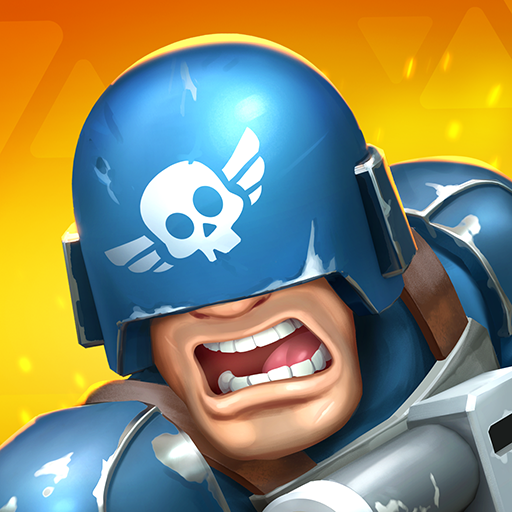
Tumble Troopers
Download
Italian Solitaires Collection
Download![[777Real]NiGHTS~Dream Wheel~](https://img.uziji.com/uploads/08/17302611106721b076bbcdc.jpg)
[777Real]NiGHTS~Dream Wheel~
Download
Shark Fights Sea Creatures
Download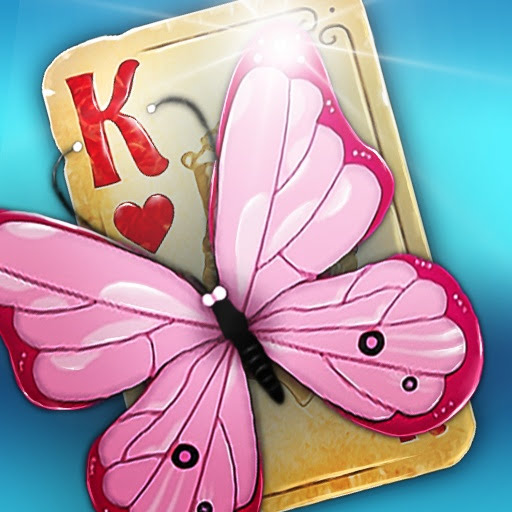
Solitaire Fairytale
Download
EffiBOT Game
Download
Ertugrul Gazi Horse Simulation
Download
Kids shooter for bubble games
Download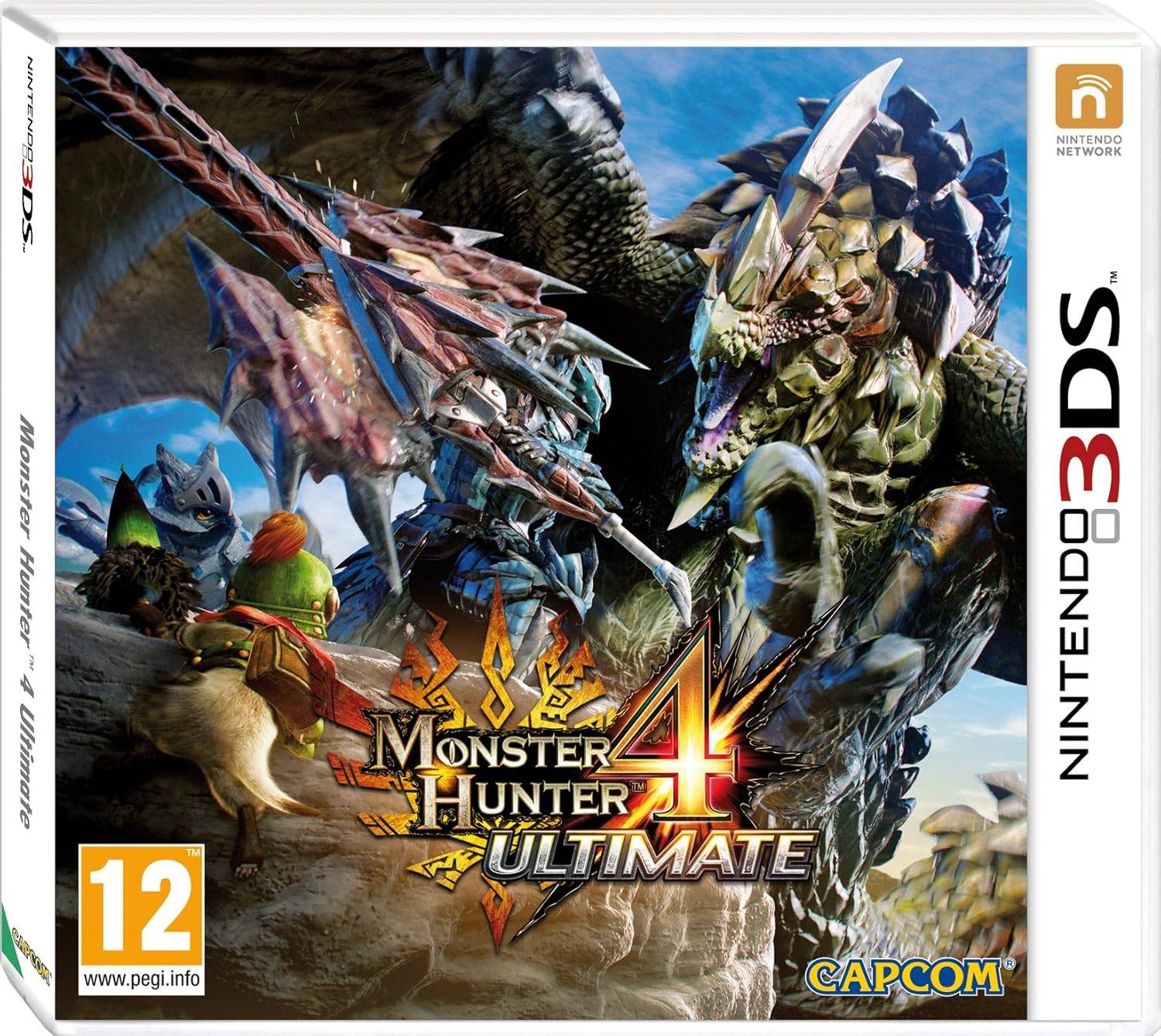
Xbox and Nintendo Deliver Major Shocks to Former PlayStation Exec Shuhei Yoshida
Sep 10,2025
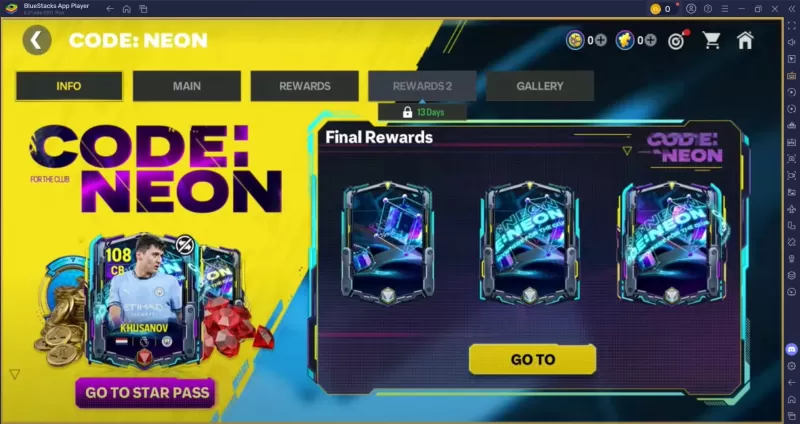
EA FC Mobile: NEON Event Rewards & Challenges
Sep 09,2025
Dying Light: 5 Beast Mode Survival Tips - IGN
Sep 08,2025
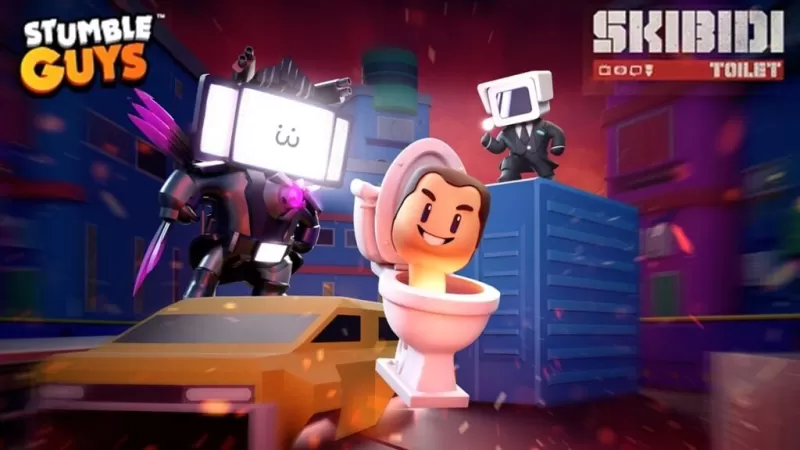
Skibidi Toilet Challenges Stumble Guys in Event
Sep 07,2025
Bungie Reviews Uncredited Artwork Policy
Sep 07,2025